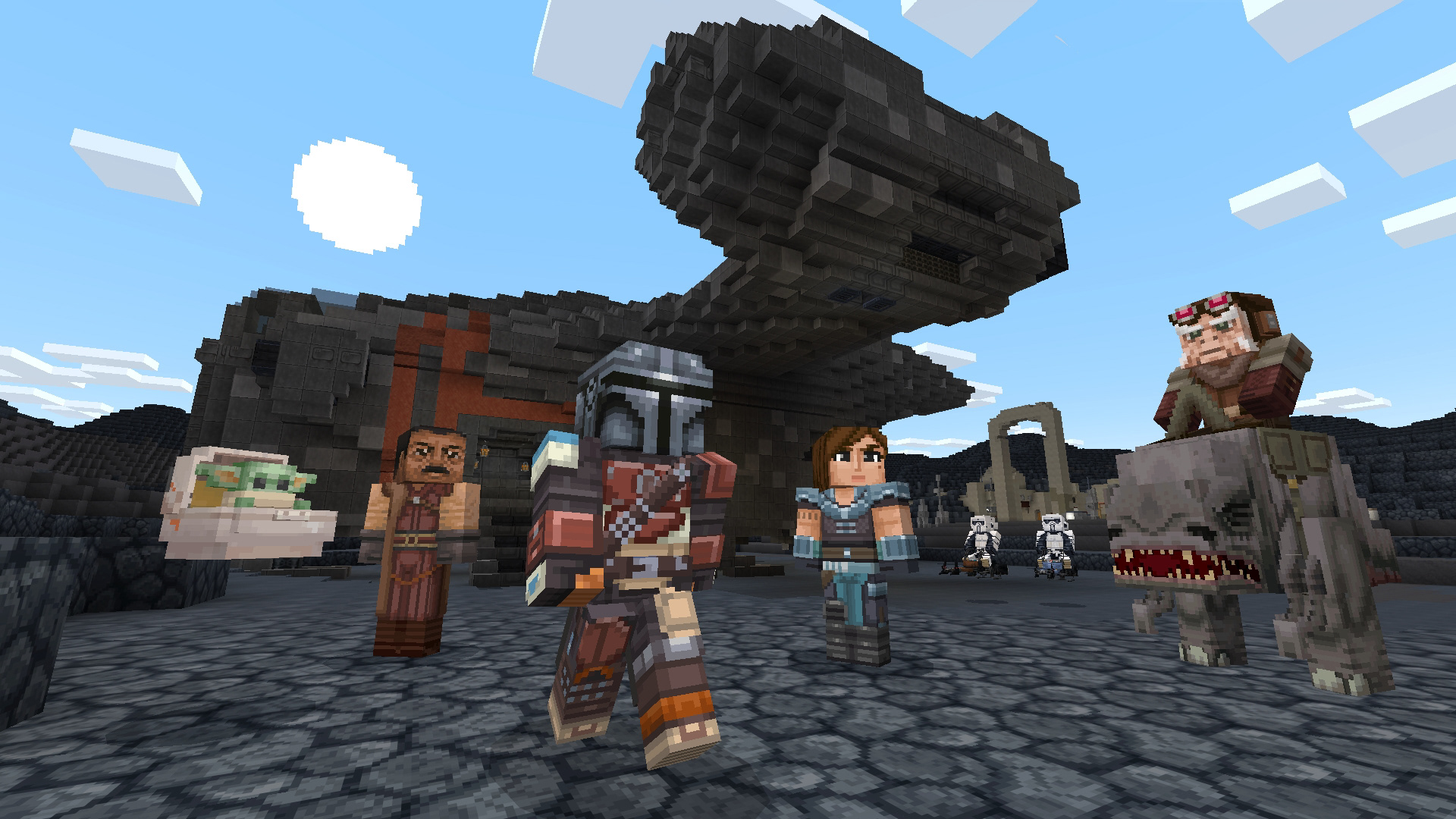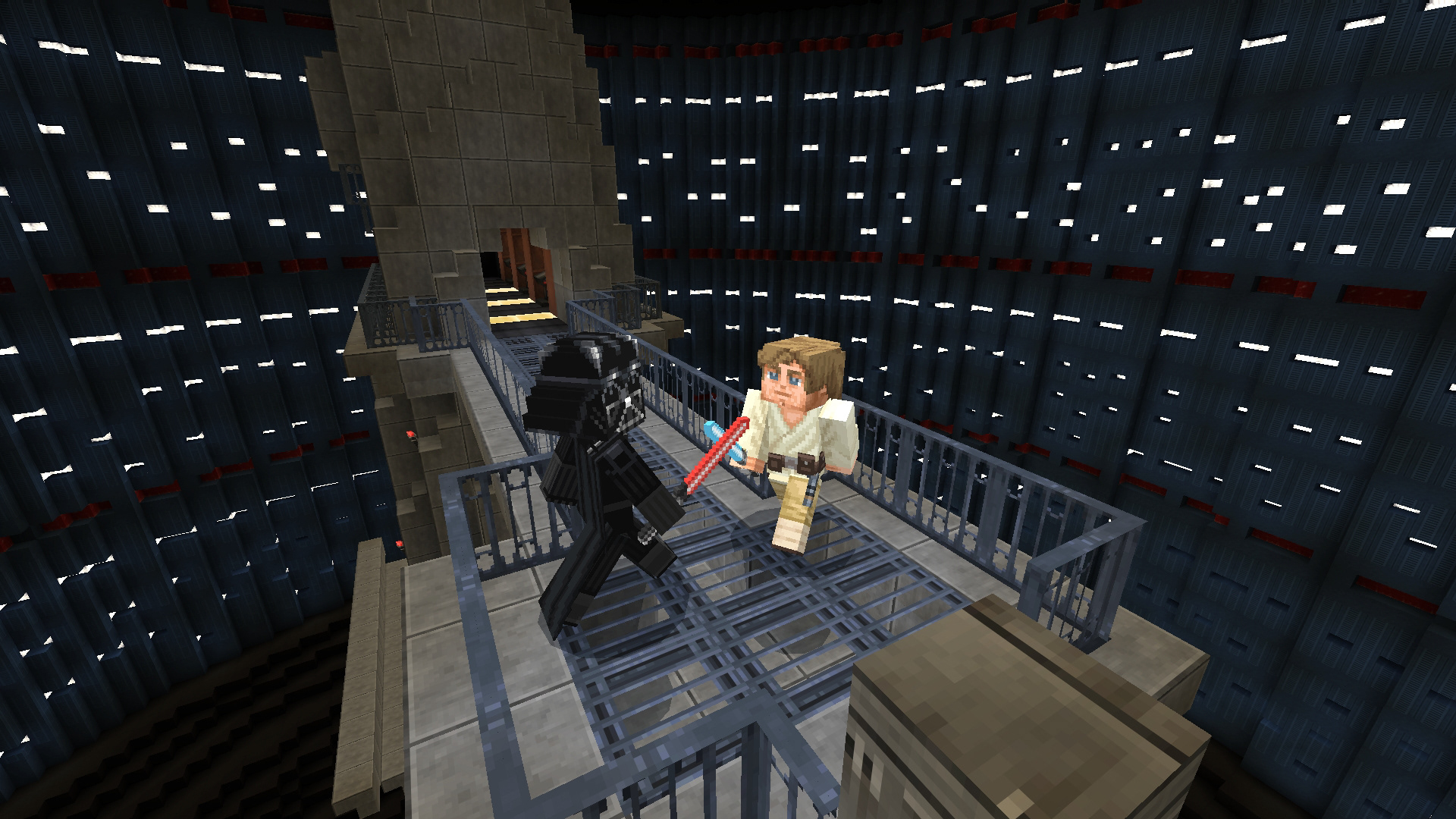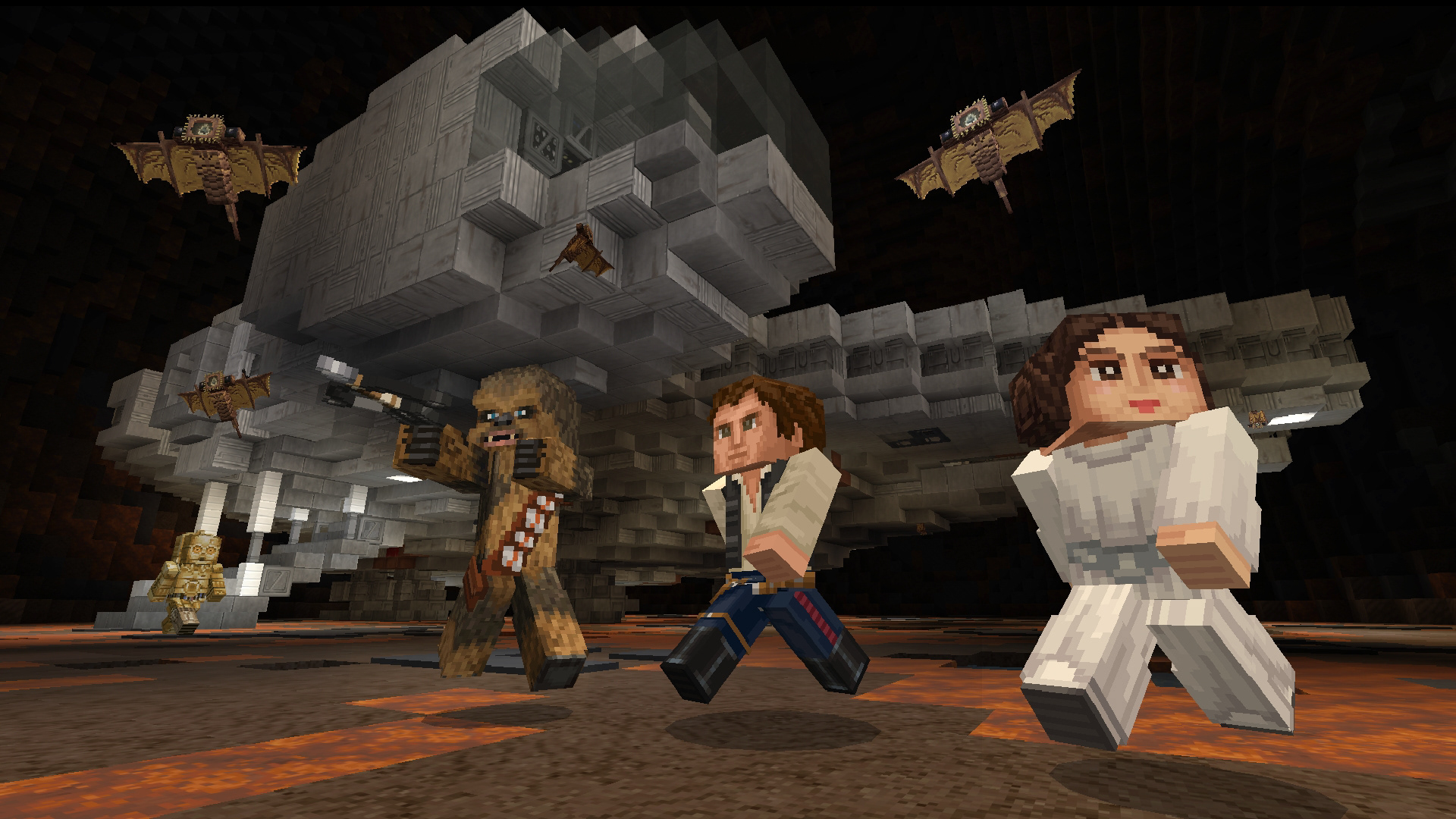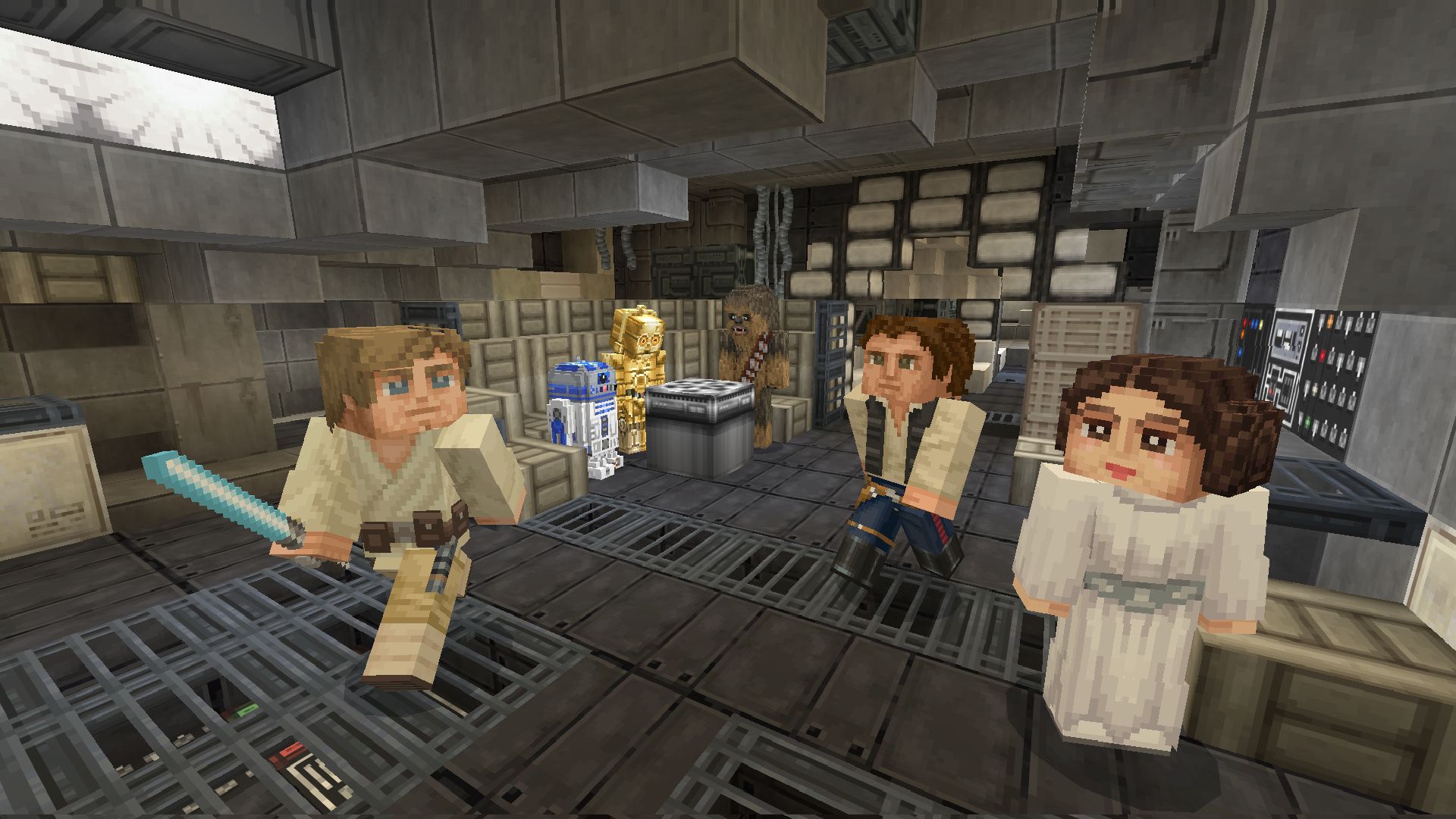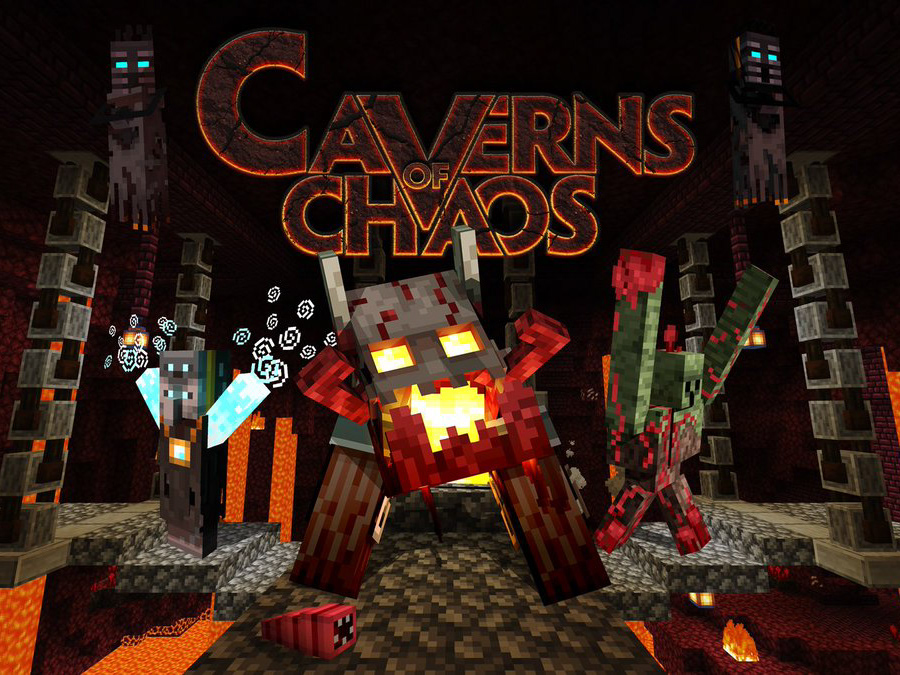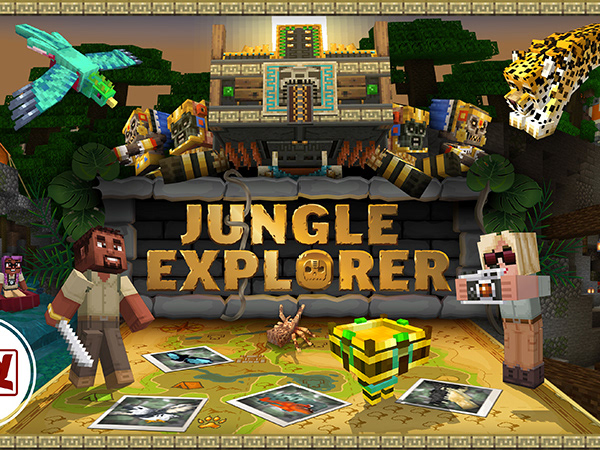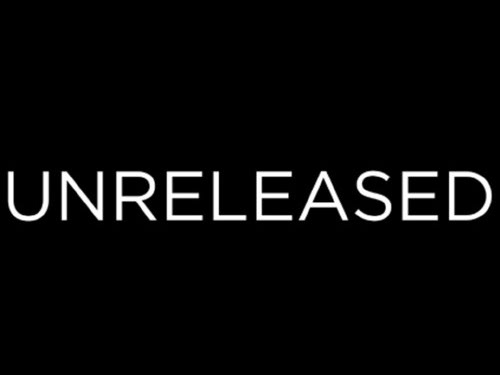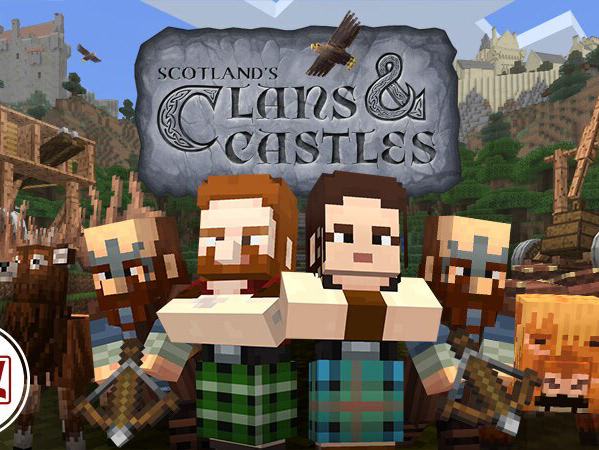Roles and Responsibilities
During the development of this project I was a level designer. Within that role I was responsible for:
- Greyboxing and 3D concepting
- Budgeting and breaking down design workloads
- Communicating design needs to art teams and finding solutions within Minecraft's limitations
- Creating final environments
- Communicating the events of Star Wars through environmental storytelling
- IP Accuracy checks
- Maintaining communication with the team and client
- QA testing
- Creation of release materials such as advertising videos and high resolution image compositions
Development Breakdown
The title aimed to recreate all key locations, events, and environments from the original Star Wars trilogy, and the first season of The Mandalorian. The released title expanded upon this further and included many elements of the wider Star Wars universe and lore. This delivered an experience which was every bit as enjoyable for the hard core fans of the franchise as it was for casual fans.
My roles within the title were level design and environmental storytelling, 3D artist, and in the later stages of development I balanced these roles with QA testing.
The title was developed within Minecraft and supported by in house tools and a 3D modelling pipeline which allowed the team to create the iconic ships and locations of Star Wars in .FBX format then convert them into schematics within Minecraft.
Early development focused on creating the key ships and structures from each environment to establish a believable scale abstraction which could function under tech restrictions. This was followed by liaising with Disney and Lucas Arts to receive approvals or necessary iterations to move forward.
A list of locations was established. We worked as a team to create a content MuSCoW for each location. The outputs of that MuSCoW, once created, would communicate each location, its events, and the stories which occurred within it.
As the title had a small development team, I worked on a variety of the assets required to visualize the vastly different worlds of Star Wars. This meant I had to flexibly move between working on the different visual styles seen in the various factions and environments within the Star Wars franchise.
Throughout development I had to consider the standards required for approval within 4J Studios, Mojang, Lucas Arts, Disney, and upon release; the demands of the highly engaged Minecraft Marketplace player base.
Scale Abstraction
This pack presented a unique challenge from a level design perspective through scale.
To effectively capture the many ships, structures, and planets of the Star Wars universe in enough detail to meet the high standards expected from the IP, we had to overscale and abstract assets. This was due to Minecraft blocks working in meter cubed increments.
The resulting challenge of abstracted assets was to have them still feel appropriate to the player character scale, the scale of adjacent assets, and have the solutions to these challenges fit within the height, breadth, and width limits of a Minecraft world.
The solution to this was rapid iteration cycles using the .FBX to schematic workflow. By testing several scales of schematic from a detailed .FBX file we were able to ascertain a scale which would grant the team the space to include asset details and meet IP holder standards, whilst also ensuring the asset would be useable within its environment.
We worked within a test scene that lined up each asset from smallest to largest. This scene was compared to movie scenes where respective assets were seen adjacent to one another, and allowed us to edit accordingly.
Designing Interior Spaces
Due to Minecraft's cubed block limitations we faced challenges in creating the highly detailed, and lived in, feeling of the interiors of the Star Wars universe.
When creating interior locations many details had to be selectively highlighted and less prominent objects removed.
Re-texturing of vanilla Minecraft blocks gave enough variation for ship interior consoles, but in environments such as Luke Skywalker's home on Tatooine, being selective on what best met the project goals and gave players a clear understanding of the location they were exploring was paramount.
We focused on anything set piece indicative of a specific room or scene, followed by anything in the environment a character interacts with on screen, and finally we captured tertiary details if the space allowed for it.
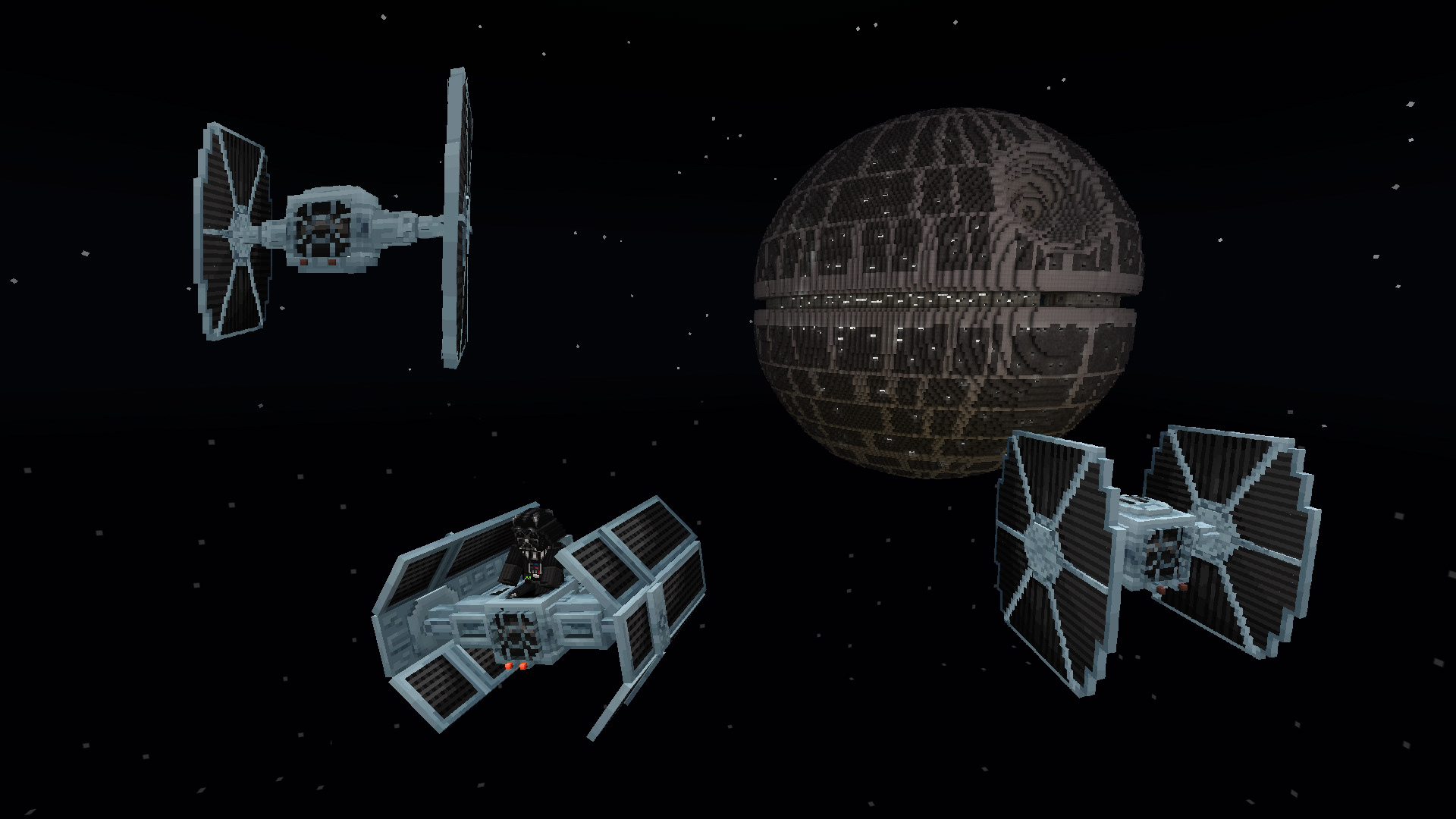



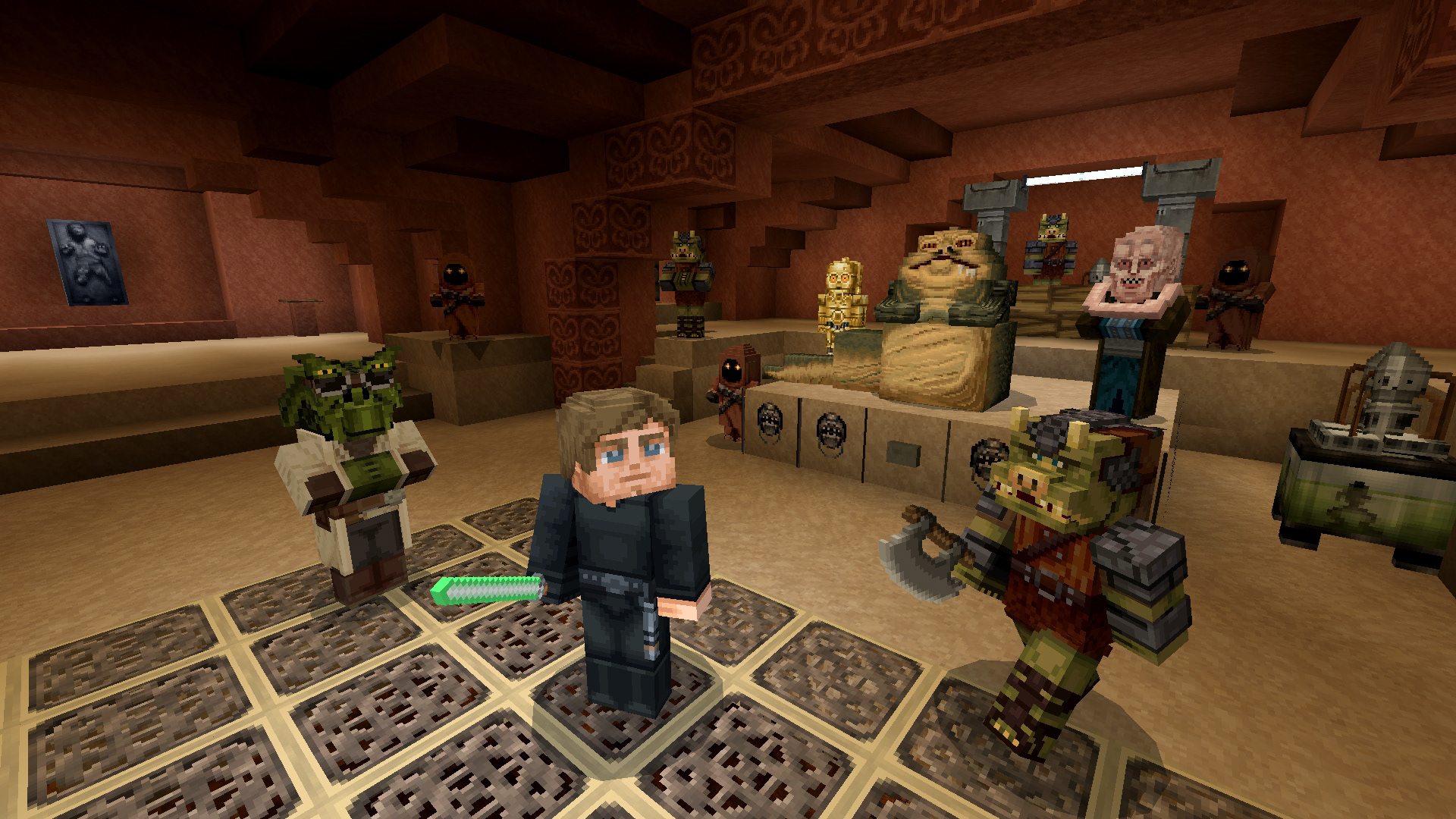

Environmental Storytelling
As an environmental storyteller on this title I was responsible for capturing the tone of each movie scene and environment which I worked on.
Beyond this, every building and room was designed to be fully explorable. This meant that the title expanded upon the established cinematic lore of Star Wars and required research into other installments such as the six Star Wars Battlefront games, descriptive text from the tabletop RPG games, and the animated Rebels and Clone Wars series.
Within each environment I had to consider the established stories of each surrounding environment. This impacted what loot we included in each location too. When setting up loot I had to consider the amenities and resources available to the faction, what was source-able on that planet, and what would be seen as contraband. These considerations allowed me to tell small character stories in each location.
The desert planets presented an additional challenge due to the scarcity of resources on these worlds.
Rewarding Hardcore Fans
We wanted to ensure this project was enjoyable for both new younger audiences, and the fans who watched Star Wars in cinema on its first release.
To achieve this we sourced location maps for each planet from both the prequel, and original trilogies. We overlaid the maps and any location which was present in both, but not shown in the original trilogy, we used to make nods to the prequel movies.
An example of this which I created was the pod racer garage from the Phantom Menace.
QA Testing
Level design also worked as QA due to team size on the project. As I was testing the pack I was ensuring:
The world was free of locations which players could become trapped within during survival game mode, ensuring enough resources were present for players to find and sustain themselves, balancing challenge per location to match the threat implied in the movies, and ensuring terrain and assets were in line with Lucas Arts feedback.
To achieve this I created a series of checks to run and performed these checks on a planet by planet basis.
This allowed me to focus on testing in a location by location basis so that we could sign off on large areas. Once signed off it allowed us faster and faster testing as a group on the more complex environments.
Test criteria, results, and fixes were tracked publicly so that other team members could step in where needed and perform fixes whilst another continued exploratory testing.
